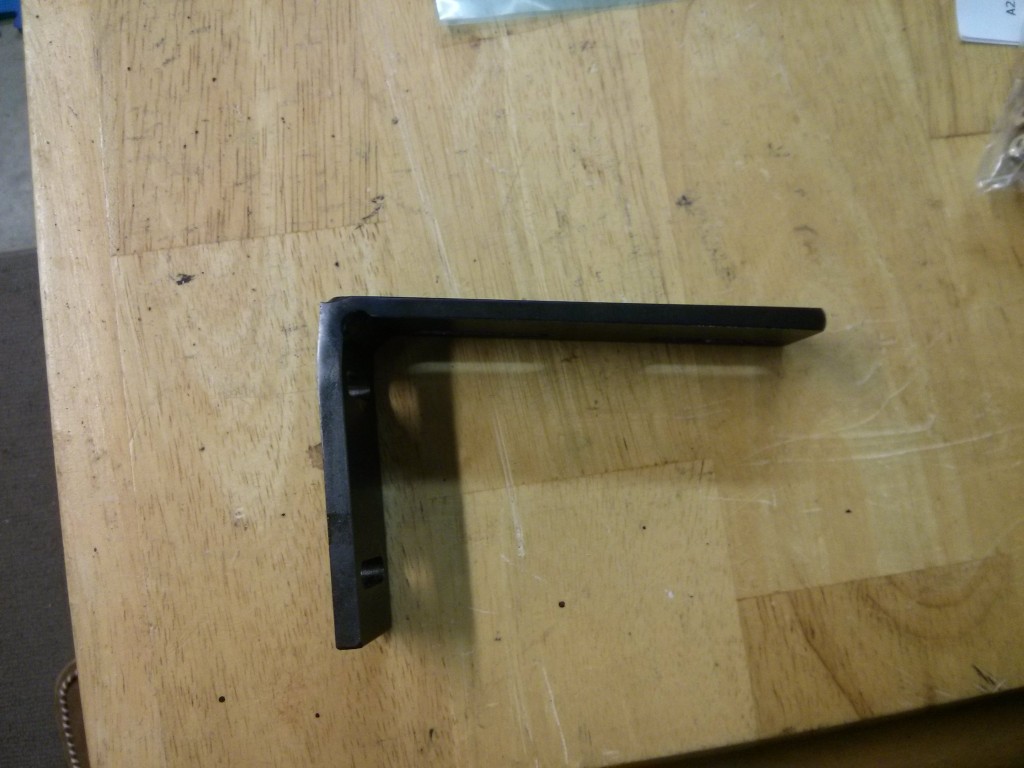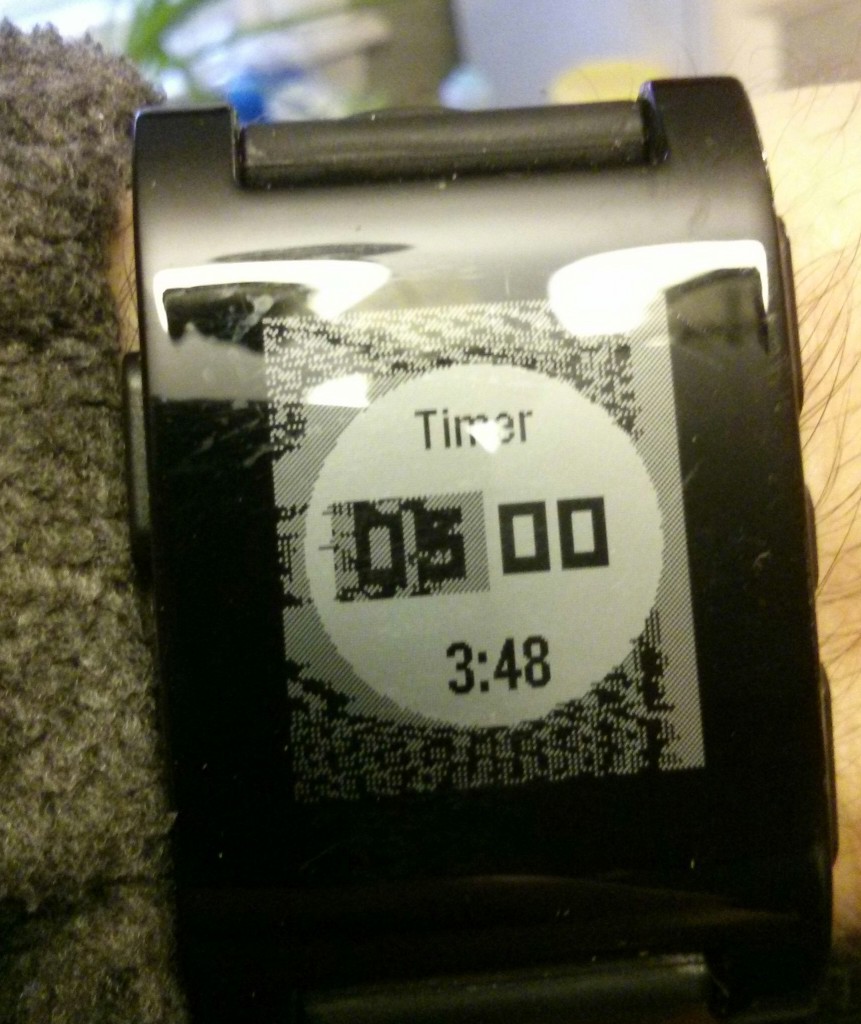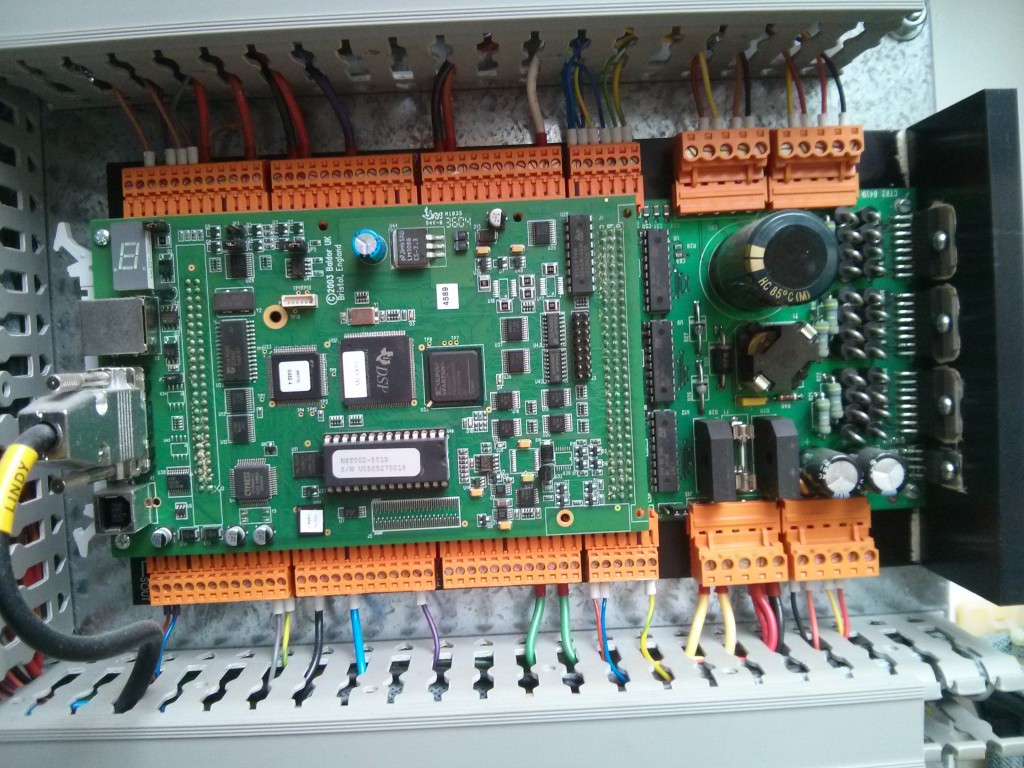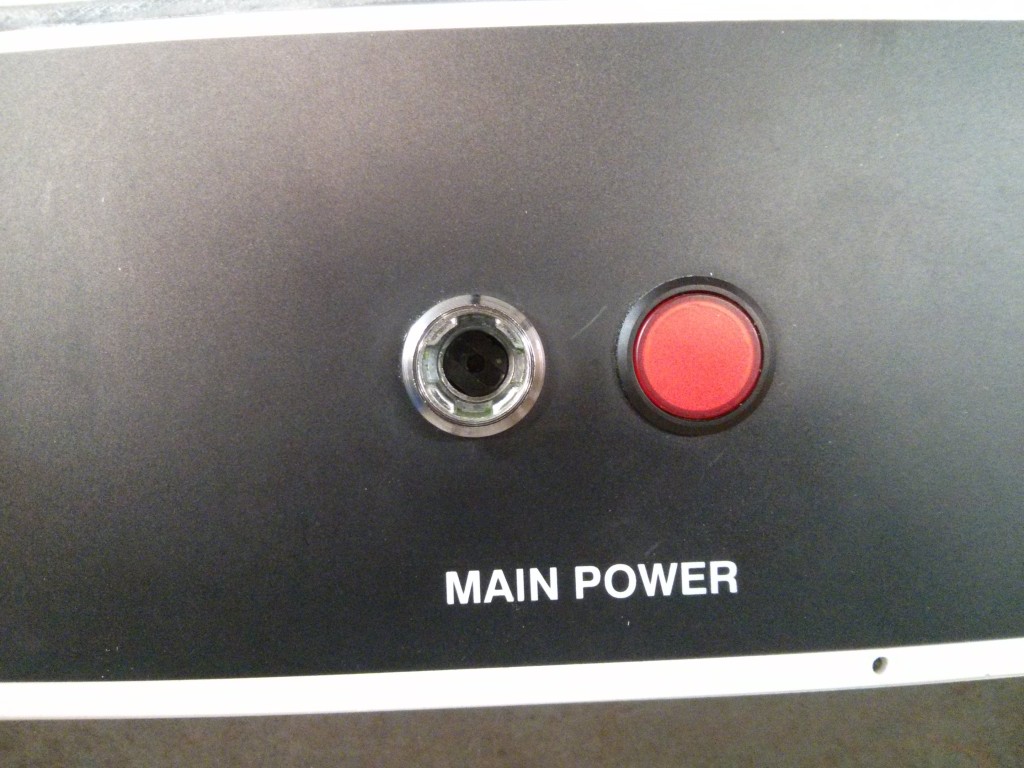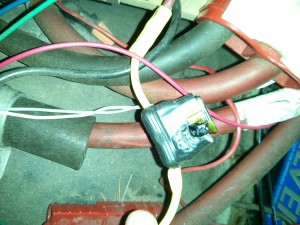In part 1 of this series I showed how to get the X/Y/Z steppers moving. In part 2 I hooked up the home and estop switches. In part 3 I got the spindle go relay working so that I could turn the spindle on (at full speed) or off. In this post, I will show how to get PWM speed control of the spindle working.
The Balfor NextMove ST card has an output (SOUT & SGND) line that provides an isolated 0-10 volt signal (at low current) suitable for controlling a spindle motor driver board. (0 volts is stopped, 10 volts is full power) In the bottom left of the picture below you can see the small blue and red wire leading away from SOUT & SGND.
It does this by using a DC/DC converter (NME0512D) to provide an isolated (floating) 12 volts, referenced to the SGND connector. A TLC272C OpAmp chip integrates a PWM signal (taking into account an offset adjustment from R35, the boxy blue variable resistor near the SGND/SOUT pins) into a 0-10 volt signal.
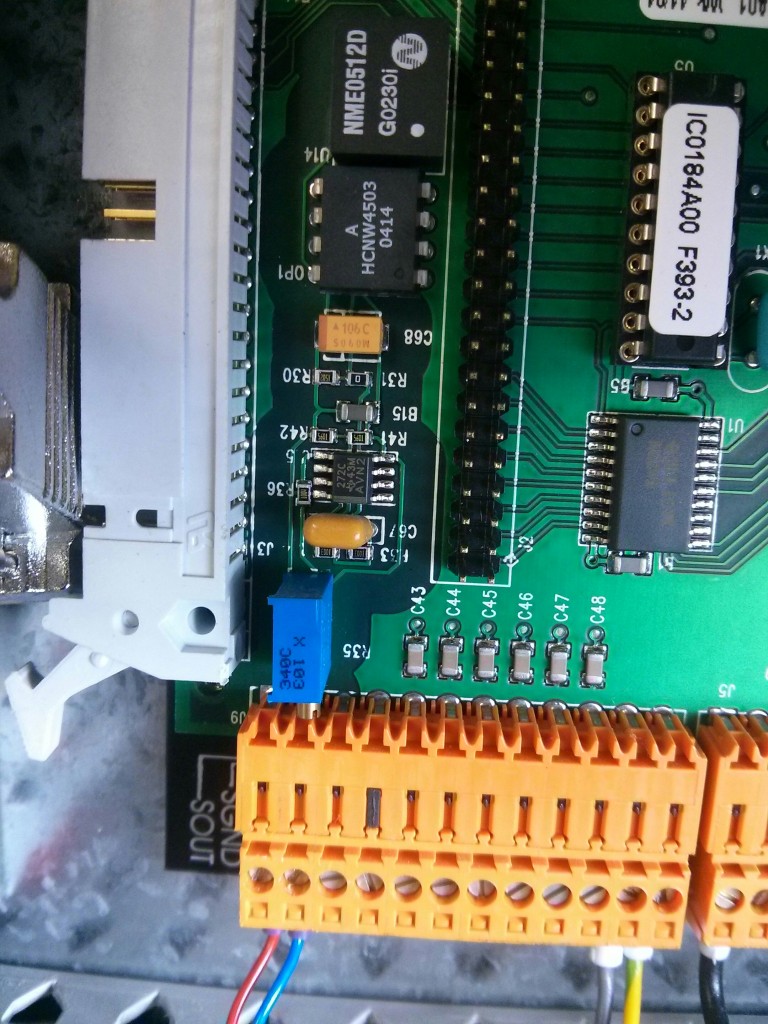
Continue reading
